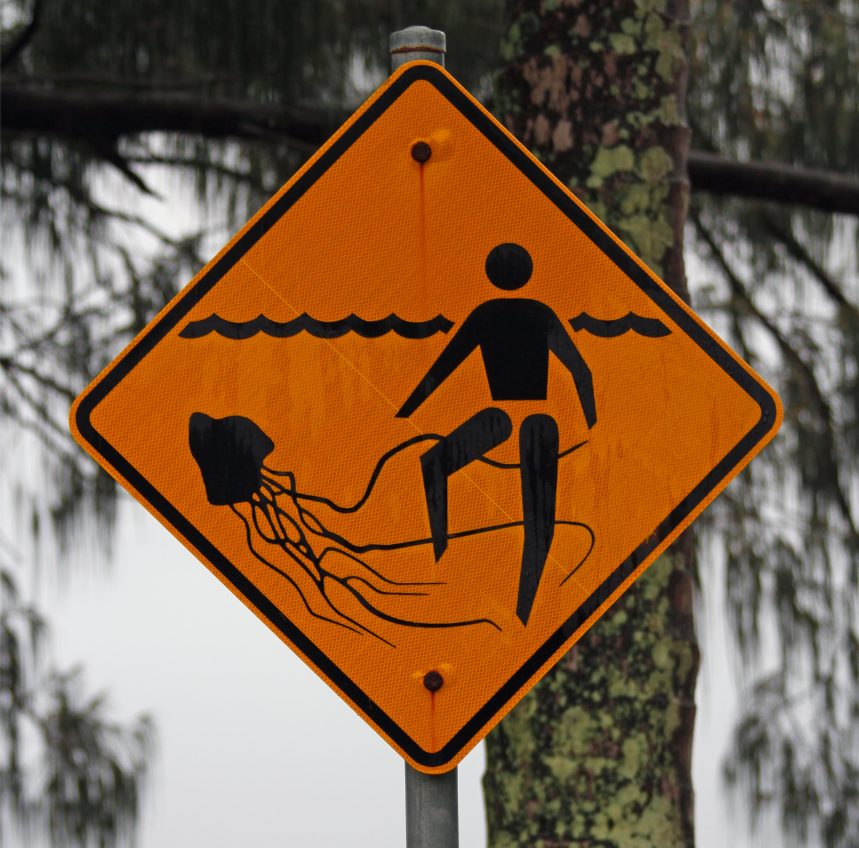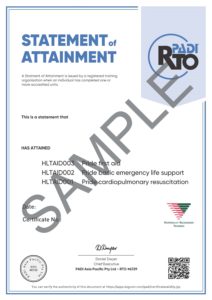Summer is just around the corner and there is no better time to brush up on your bites and stings first aid. While most bites and stings are harmless, this simple review of your knowledge could mean the difference between life and death for you or someone close to you.

Remember the Signs & Symptoms
Bites or stings from various insects will often leave behind either saliva, venom or faeces. It is generally these substances left behind that will cause irritation or allergic reaction in some people. Common symptoms of bites and stings can include; intense burning, redness around the injury site, swelling, pain that generally dissipates after an hour or so and bumps or blisters around the injury site.
This area will generally be quite painful, with this pain clearing up in around 48 hours. If symptoms persist, a form of allergic reaction may be occurring, so it’s important to monitor sting and bite marks for any changes and contact emergency medical services (EMS) if needed.
Reduce the likelihood of bites and stings occurring by wearing protective clothing – including shoes, socks and clothing with long-selves. It’s also advised to employ the use of insect repellent when partaking in activities such as bushwalking or gardening.

Be Prepared With Various Methods of Care
As you will learn in your PADI RTO first aid course, bites and stings come in all shapes and severities, so it is important that you keep your kit well stocked with everything you need to address all situations. First aid for bites and stings falls into 4 categories of care and are as follows:
Pressure-Immobilisation care is saved for the most serious of bites and stings. Care using a pressure –immobilisation bandage involves keeping the injury limb as still as possible and bandaging the entire limb from the toes or fingers, upwards. Times when a pressure-immobilisation bandage should be used include funnel-web or mouse spider bites, stings from a blue-ringed octopus, snake bites or cone shell injuries. In these cases, EMS should be called immediately and the casualty should be kept as still as possible.
Cold Compress’ should be applied for mild to moderate stings and bites. Primary uses for cold compresses include bee and wasp stings, tick and ant bites, as well as scorpion, centipede or jellyfish stings. Cold or ice packs should be applied to the area for 15 minutes with this care cycle being repeated if pain persists. You should continue to monitor the casualty during the care period, follow DRSABCD and call EMS if the pain or the casualty’s condition worsens.

Using Hot Water as care for certain stings is a simple, but effective way to treat injuries from marine animals including blue bottles, stingrays, stonefish and other non-tropical minor jellyfish. Affected areas should be placed into water that is as hot as the casualty can tolerate for around 30 minutes, or as long as it takes for the pain to go away. Casualties should be monitored and in cases where severe stings to the face and neck have occurred, EMS should be called.
Vinegar can be used to treat more serious marine stings including those from box jellyfish, Irukandji jellyfish and sea anemones. In these cases, the area should be flushed with vinegar for a sustained period of time (30 seconds or more) with care taken to avoid using freshwater. Stings from these kinds of marine life can be serious and life-threatening, so casualties should be monitored and medical aid at a hospital should be undertaken if symptoms are severe.

Complete a PADI RTO First Aid Course
A PADI RTO first aid course will teach you the necessary skills in a friendly and professional setting that you need to protect yourself and those around you from bites and stings that can occur in everyday life. Contact a PADI RTO trainer in your local area to find out more information about courses for everything from first aid in an educational setting, through to learning to manage first aid services and resources.
Tags: Bites and Stings, First Aid, Summer

